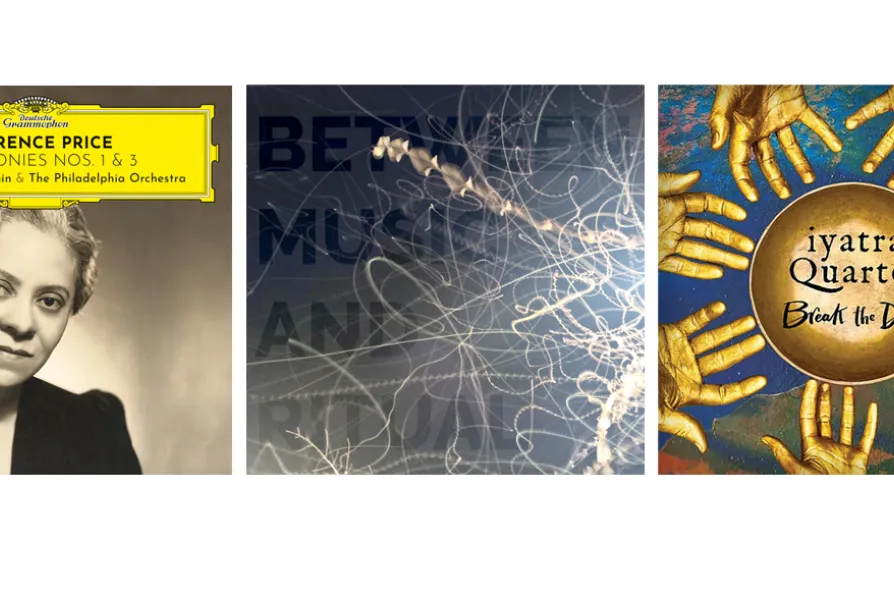ANDY HEDGECOCK picks out his cultural highlights of 2025
Album reviews with Ben Lunn: November 22, 2021
New releases from iyatra Quartet, Various Artists (Between Music and Ritual) and Yannick Nezet-Seguin and The Philadelphia Orchestra


iyatra Quartet
Break the Dawn
Self-produced
★★★
MADE UP of musicians playing clarinet(s), violin, cello and a small militia of percussion, the iyatra Quartet have self-released new album Break the Dawn, which blends curious knick-knacks of British history with more distant influences, including Arabic love songs and Indian ragas.
Traditionally, this album would fall into the “world music” bracket, but this term is slightly redundant, so it would almost be better described as “classical” music, since traditions such as ragas are as old (if not older) than most European musical institutions. The material is handled with care, but one still feels that it is treated with a certain distance.
Similar stories

New releases from Nazar, Peter Gregson and Mesias Maiguashca

New releases from Nazar, Peter Gregson and Mesias Maiguashca

New releases from The Tenementals, Nik Bartsch’s Ronin, and Kuunatic

Reviews of Ella Fitzgerald, My Morning Jacket, and Toria Wooff










